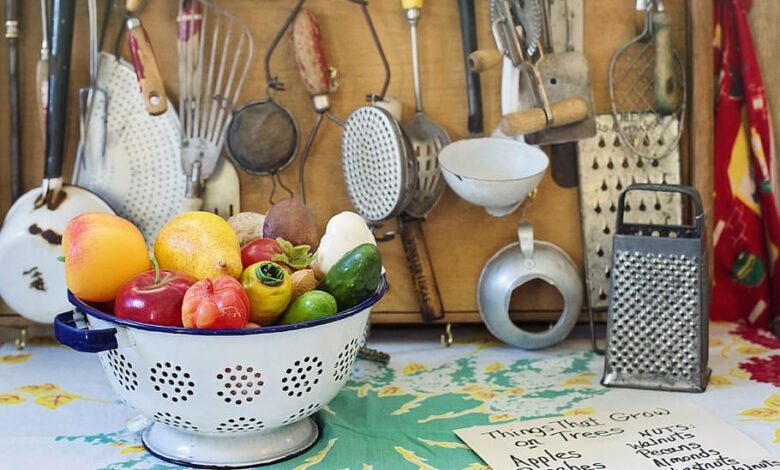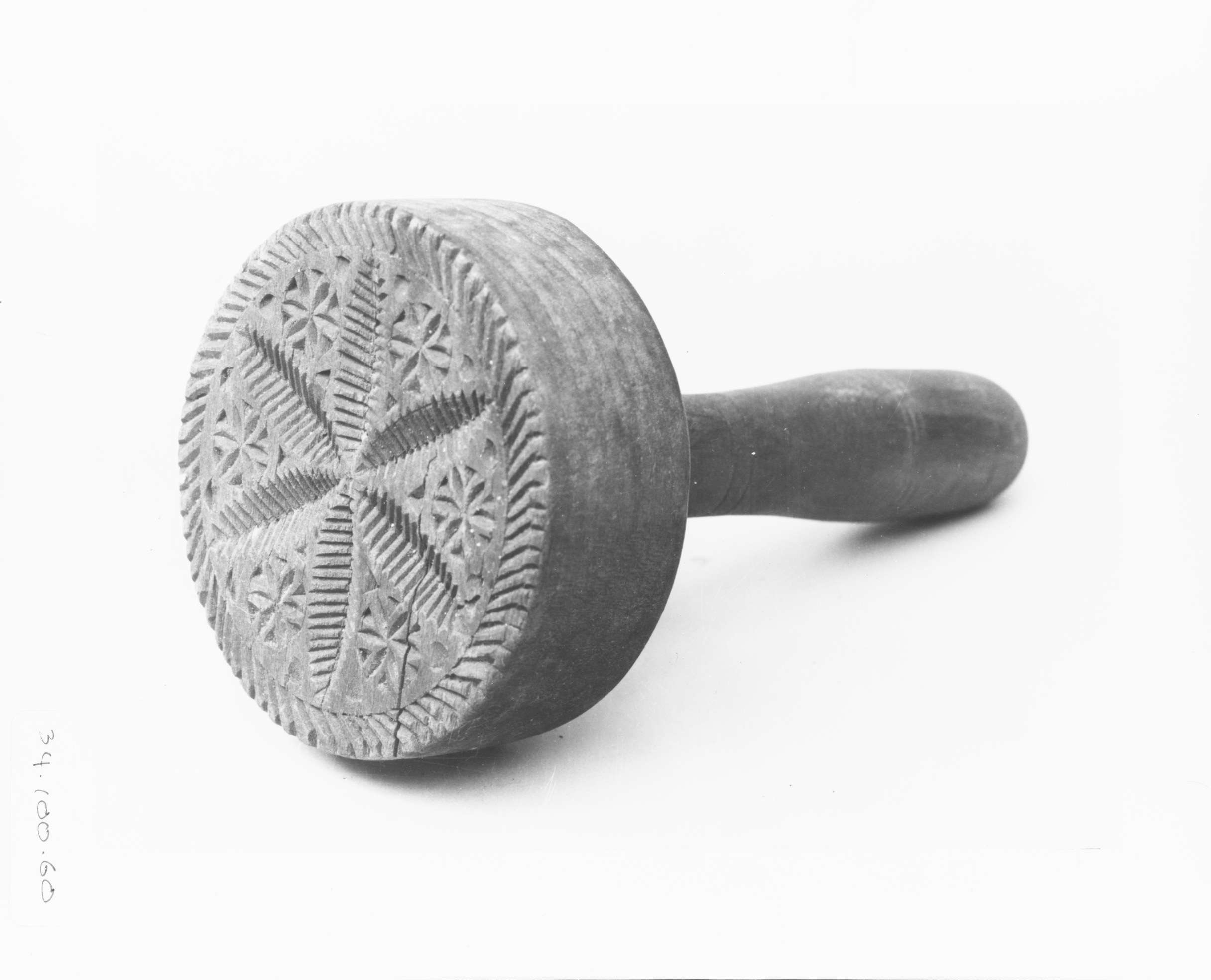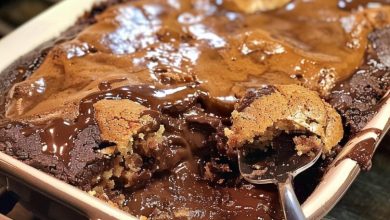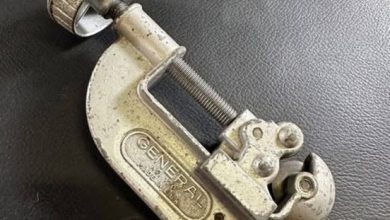
Vintage Kitchen Tools I Bet You Can’t Name (Part 1)
Vintage kitchen tools offer a charming glimpse into the past making all of us feel nostalgic, showcasing the craftsmanship and ingenuity and originality of earlier eras. These tools were often handcrafted from strong and durable materials like cast iron, copper, and wood, emphasizing their sturdiness and longevity. From cast iron skillets and manual meat grinders to hand-cranked egg beaters and mortar and pestles, vintage kitchen tools required manual operation and reflected a time when cooking and food preparation were a hands-on affair.
The use of vintage kitchen tools harkens back to a simpler time, where cooking involved a more tactile and intimate connection with the ingredients. The reliance on manual operation fostered a sense of craftsmanship and appreciation for the art of cooking. Whether it’s the rustic charm of a cast iron skillet or the elegance of copper cookware, vintage kitchen tools not only evoke nostalgia but also serve as functional reminders of the traditions and practices of earlier generations. Incorporating these tools into modern kitchens adds a touch of history and a unique aesthetic to the culinary experience.
Here are some of the most used kitchen tools back in the old days:
1. Jell-O Mold

While metal molds can still be found in numerous households, Jell-O emerged as a culinary sensation during the 1950s. In this era, people enthusiastically crafted a wide array of elaborate dishes using an assortment of distinctive molds, showcasing their creativity and culinary flair.
2. Cookie Press

The cookie press is a familiar tool for anyone who has ventured into making spritz cookies. This versatile tool has evolved over time, and today’s modern cookie guns, produced by renowned brands like Wilton and Kuhn Rikon, can trace their lineage back to the classic Mirro press. However, it’s the vintage aluminum cookie press sets that truly capture the essence of this beloved baking tool.
3. Cherry Pitter

Cherry pitters have long been an essential tool for cherry enthusiasts, and they come in a delightful variety of shapes and sizes. Take, for instance, the adorable yellow cherry pitter featured here, which showcases a design with two finger holes and a spring puncher. This compact and efficient design allows for easy and quick removal of cherry pits. However, the world of cherry pitters offers even more diversity.
4. Hand Crank Egg Beater

The hand crank egg beater is a classic kitchen tool that may occasionally be mistaken for something else entirely. In a delightful twist, renowned actor and dancer Shirley MacLaine humorously showcases the versatility of this tool by pretending to use it for an unconventional purpose—styling her hair!
However, the hand crank egg beater is, in fact, designed for a more traditional role in the kitchen. With its simple yet ingenious mechanism, this vintage tool allows for efficient mixing and beating of eggs and other ingredients. The hand crank is turned, activating the beaters or blades, which swiftly rotate and create a whipping or blending action.
5. Hand-Crank Food Mill

Back in the day, a wide array of hand-crank kitchen tools graced the culinary landscape. Among them was the hand-crank food mill, a versatile utensil that served a distinct purpose. Unlike a food processor, a food mill offered a unique combination of pureeing and straining capabilities.
The hand-crank food mill provided a practical solution for those seeking smooth and seed-free purees. By turning the hand crank, the food mill’s rotating blade or paddle would force the cooked food through small perforations or a fine mesh screen. This process effectively pureed the food while simultaneously straining out undesirable seeds, skins, and fibers.
6. Butter Mold

Indeed, the convenience of popping into a local market to purchase butter is a luxury we enjoy today. However, in earlier times, people would engage in the process of handcrafting and molding butter for both personal consumption and commercial purposes.
Butter molds played a vital role in this traditional practice. These molds were designed to shape freshly churned butter into visually appealing forms. They came in various sizes and designs, often showcasing intricate patterns or imprints that added an artistic touch to the finished butter.
7. Bread Box

In an old advertisement, a captivating new innovation is introduced—the roll top bread box by Nesco Inc. Inspired by the practicality of grandpa’s roll top desk, this bread box represents a departure from the conventional square and oblong designs of the past. Its standout feature, highlighted in the caption, is a wider door that promises easier accessibility.
The roll top bread box takes cues from the classic roll top desk, known for its convenient and space-saving mechanism. With a gentle slide, the roll top door gracefully reveals the contents inside, allowing quick and effortless access to freshly baked loaves of bread, rolls, and other baked goods. The wider door of this particular bread box amplifies the convenience factor, ensuring even easier reach to the stored items.
8. Egg Coddler
Egg coddlers, small porcelain dishes with a delightful purpose, were once a favored tool for preparing coddled eggs—a classic ingredient in Caesar salads and other culinary creations. These charming dishes provided a simple and efficient way to achieve perfectly cooked, creamy eggs.
To use an egg coddler, the egg would be cracked into the porcelain dish and seasoned according to taste. The coddler would then be tightly sealed with a lid, preventing any steam or moisture from escaping during the cooking process. The sealed coddler would then be immersed in boiling water, allowing the eggs to gently cook in their own steam.
9. Stovetop Coffee Maker

In this snapshot, we see actor Peter Barton holding a stovetop coffee maker, a timeless device that has remained popular for decades. Even today, many coffee enthusiasts continue to rely on these charming countertop appliances to prepare their daily dose of espresso.
The stovetop coffee maker, also known as a moka pot or Italian coffee maker, has a rich history and a loyal following. Its design consists of a bottom chamber for water, a middle funnel-shaped filter basket for ground coffee, and an upper chamber to collect the brewed coffee.
10. Peanut Butter Machine

The history of the peanut butter machine is intricately tied to the efforts of John Harvey Kellogg, who played a significant role in popularizing this American staple. Kellogg recognized the potential of peanut butter and enlisted famous clients to promote it as a delicacy. This helped elevate its status in the culinary world.
Around 1896, Good Housekeeping magazine even encouraged women to make their own peanut butter using a meat grinder, as documented by Smithsonian magazine. This do-it-yourself approach empowered individuals to create their own homemade peanut butter, emphasizing its versatility and appeal.
11. Tin Pantry Container
![]()
In the past, it was not uncommon for grandmothers to store their flour, sugar, rice, and various pantry items in labeled tins. These tin pantry containers were a practical and popular choice for organizing and preserving kitchen staples. And now, with a resurgence of vintage charm, they have made a stylish comeback.
Grandma’s collection of old tin pantry containers holds a certain nostalgic appeal that transcends time. Their retro designs and vintage labels evoke a sense of warmth and tradition in the kitchen. As trends cycle back, these classic tins have once again become sought-after items, appreciated for their functionality and aesthetic value.
12. Ceramic Butter Dish
Ceramic butter dishes have stood the test of time as a classic and timeless accessory for the kitchen. However, it is true that in modern times, many people have resorted to simply placing their butter sticks in the refrigerator door. Despite this, the charm and functionality of ceramic butter dishes remain undeniable.
One particular style of butter dish that gained significant popularity for a while is the French butter dish. This unique design utilizes water to create an airtight seal, keeping the butter fresh and spreadable. French butter dishes consist of two parts: a base and a lid. The base holds water, creating a seal when the lid is placed on top, effectively preventing the butter from exposure to air.





